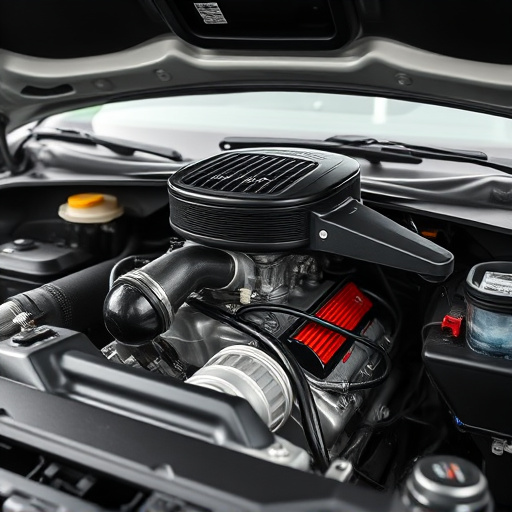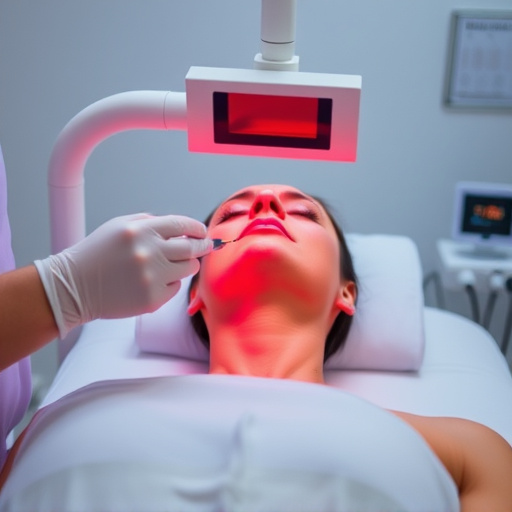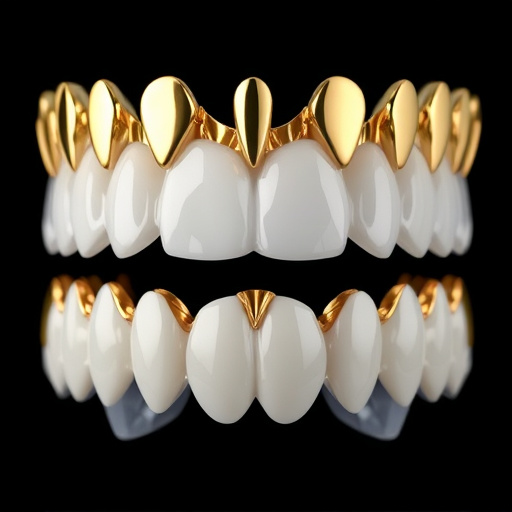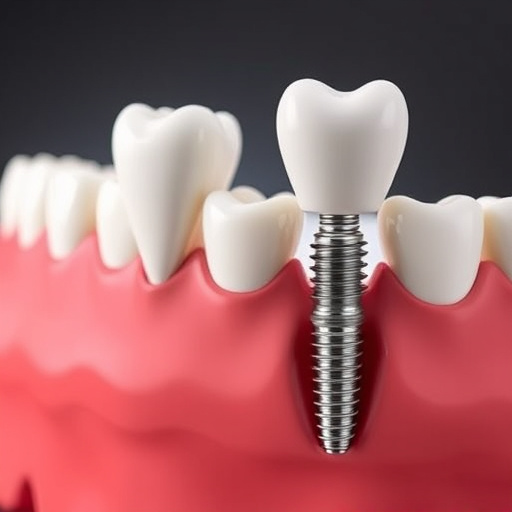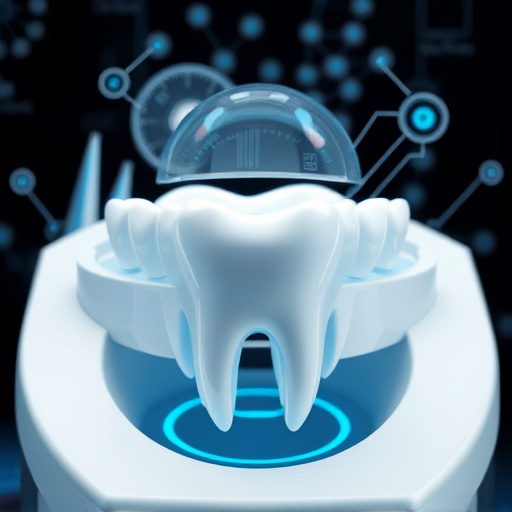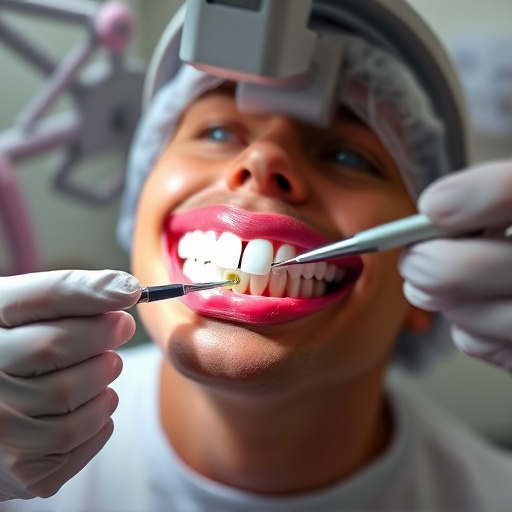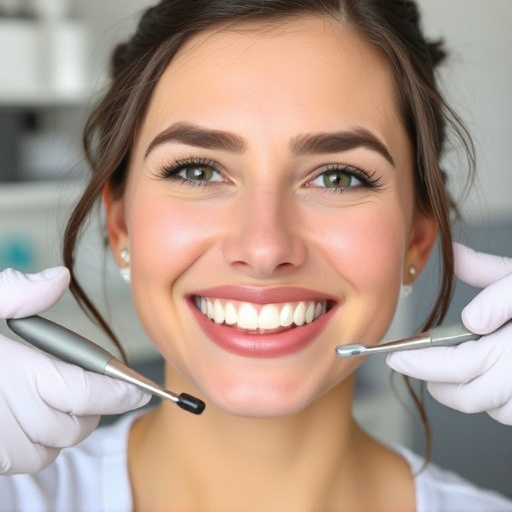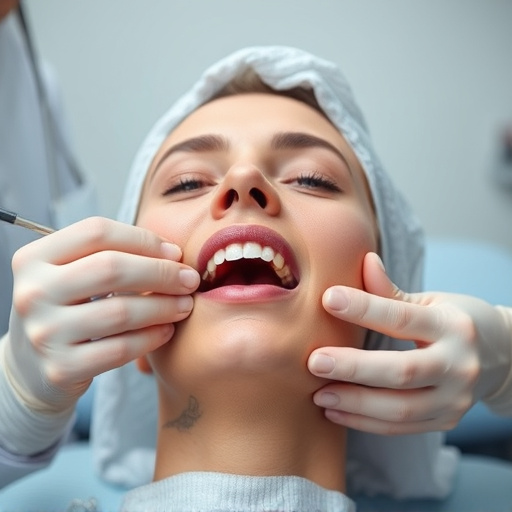The intraoral camera examination has revolutionized dental care by providing high-resolution, detailed views of a patient's oral health, enabling dentists to detect early decay or gum disease. This technology enhances communication and trust between dentist and patient, facilitates informed decision-making, and plays a vital role in oral health education within family dentistry practices. Its diagnostic accuracy improves treatment outcomes and encourages proactive dental care through better patient engagement.
Today, an increasing number of clinics are adopting intraoral camera technology for routine examinations, marking a significant shift in dental practices. This advancement offers a range of benefits that enhance both patient care and clinic operations. By providing detailed, high-quality images of the oral cavity, intraoral cameras improve diagnostic accuracy while enabling better communication between patients and dentists. This innovative approach not only reduces anxiety but also streamlines workflows, attracts tech-savvy patients, and contributes to growing clinic success.
- Advantages of Intraoral Camera Technology
- – Improved diagnostic accuracy
- – Enhanced patient communication and education
Advantages of Intraoral Camera Technology
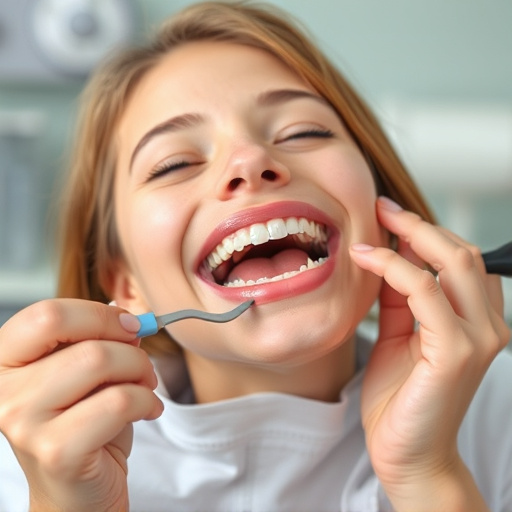
The intraoral camera examination has revolutionized dental practices by offering a more comprehensive and detailed view of a patient’s oral health. This advanced technology allows dentists to capture high-resolution images of teeth, gums, and mouth structures with ease. One of its key advantages is enhanced visibility, enabling dentists to detect even the smallest issues that might be missed during traditional routine oral exams. With this tool, dental professionals can now identify early signs of decay, gum disease, or abnormalities in a patient’s mouth more accurately.
Furthermore, intraoral camera technology has improved communication between dentist and patient. The live images displayed on a monitor allow patients to see exactly what their dentist is seeing, fostering better understanding and trust. It also facilitates informed decision-making, especially in procedures like cosmetic fillings, as patients can visually appreciate the extent of damage or the need for certain treatments. This technology is not only valuable in diagnostic settings but also plays a crucial role in promoting oral health education within family dentistry practices.
– Improved diagnostic accuracy
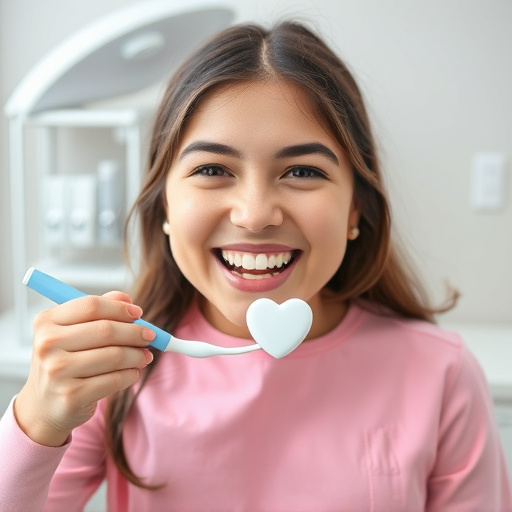
One of the primary reasons why intraoral camera examinations are gaining popularity in clinics today is the significant improvement in diagnostic accuracy they offer. This advanced technology allows dentists to capture detailed, high-resolution images of a patient’s oral cavity, providing a clearer view of tooth surfaces, gingiva, and underlying structures than traditional visual inspection alone. With an intraoral camera, even the subtlest abnormalities, such as early signs of decay, gum disease, or dental caries, can be easily identified, enabling dentists to make more precise diagnoses.
Moreover, the use of intraoral cameras facilitates better patient communication. Dentists can show patients exact images of their oral health status, helping them understand the need for specific treatments, such as tooth repair or preventive dentistry procedures. This visual approach not only promotes patient engagement but also ensures that individuals are well-informed about their dental health, encouraging them to take proactive measures, including regular check-ups and proper oral hygiene practices, even in the face of emergency dental care situations.
– Enhanced patient communication and education

The adoption of intraoral camera examination in clinics has significantly revolutionized patient experience and care. This advanced technology allows dentists to capture detailed images of a patient’s oral cavity, providing a clearer view of teeth, gums, and surrounding structures than traditional methods. By integrating these cameras into routine examinations, dental professionals can enhance patient communication and education. Dentists can now show patients exact images of their oral health status, making it easier for folks to understand issues like tooth decay, gum disease, or the need for procedures such as dental crowns or cosmetic fillings.
This visual approach fosters a collaborative environment, enabling patients to actively participate in their care decisions. For instance, an intraoral camera can help a patient better appreciate the extent of damage from a cavity, leading to a more informed choice regarding treatment options, even in emergency dental care scenarios. Consequently, this technology not only improves overall oral health but also cultivates trust and satisfaction among patients.
The adoption of intraoral camera technology in dental clinics is rising due to its significant advantages. These include improved diagnostic accuracy, allowing for more precise treatments, and enhanced patient communication. By providing visual evidence, dentists can better educate patients about their oral health, fostering trust and informed decisions. As a result, the intraoral camera examination is becoming an indispensable tool in modern dental care.

